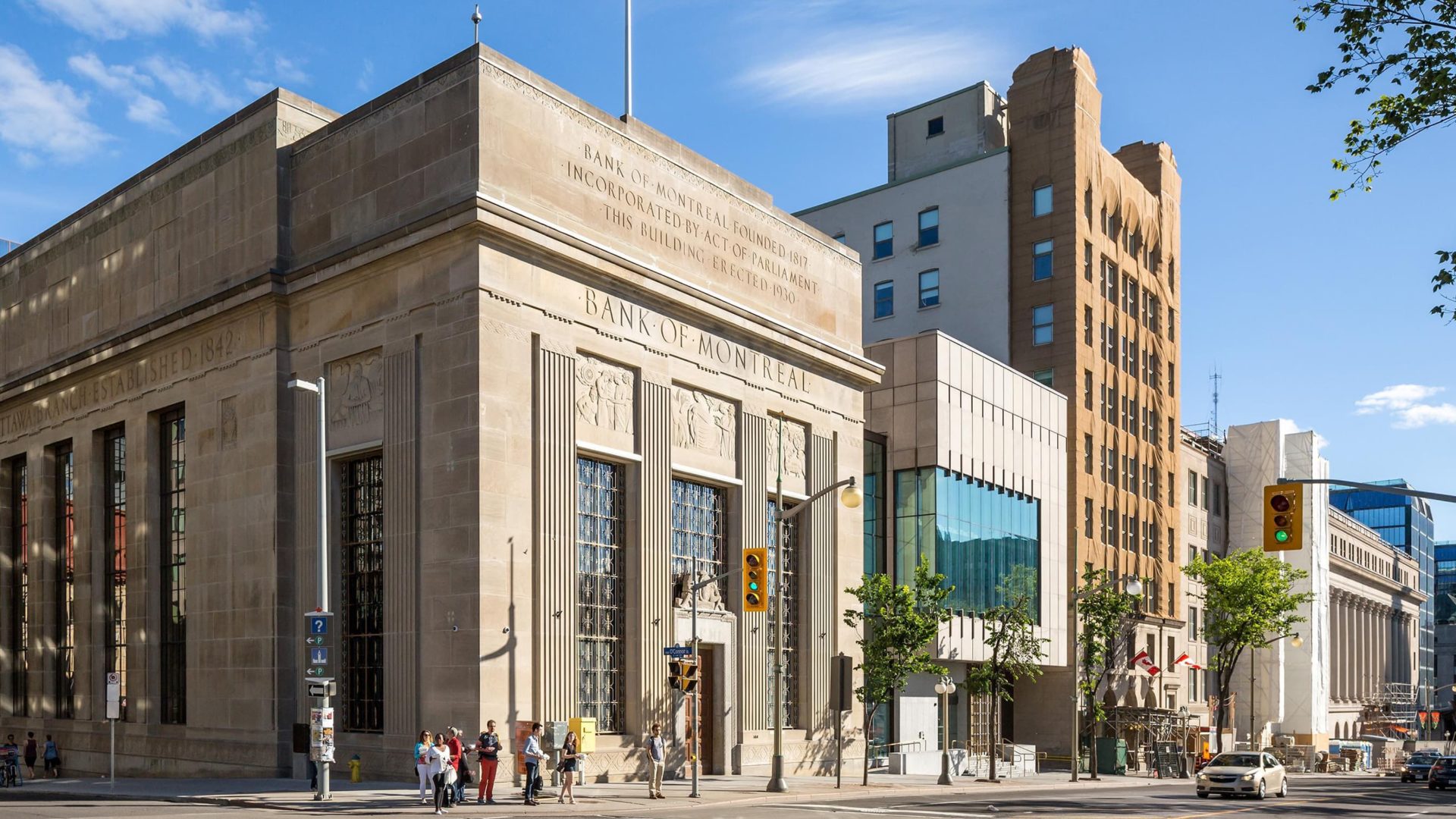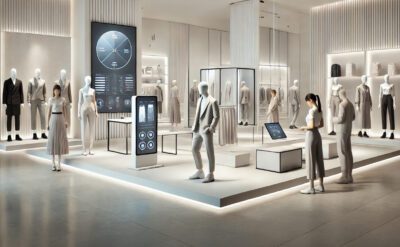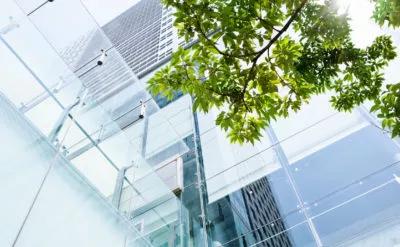Heritage buildings are a part of our collective consciousness. They are the sites of monumental events, symbols for change and indicators of what’s to come. As designers and architects, it is our role to maintain the characteristics of a site while increasing its efficiency and viability.
What are the merits in conserving a heritage building constructed with legacy technology? What are the challenges of meeting modern demands while preserving historical character? How can maintaining a heritage building contribute to lowering carbon emissions? What are the different approaches in designing a solution?
In the lead post of our blog series titled Future Proofing Heritage Buildings, our multi-disciplinary team sat down to talk about the challenges and opportunities of working with heritage buildings and the importance of getting it right.
What are the responsibilities designers and architects have in preparing a heritage building for the future?
David Clusiau, Vice President
The key to our approach is to analyze and understand the heritage value of the building. Often that value is inherent in the special architectural qualities it has but, in some cases, it can involve cultural meaning beyond physical characteristics. Typically, we are challenged with a new program and with new performance goals (better energy performance and lower carbon emissions) and we need to find a balance between respecting and reinforcing the heritage value and meeting these contemporary requirements. Ideally, this results in a project where the heritage spaces are leveraged in the service of the new uses and the interventions enhance the heritage components. For example, we can highlight the spatial characteristics of an atrium while at the same time inserting state of the art systems and technology or draw attention to the beautiful patina on the exterior of a building while concurrently stabilizing the structure behind and improving the envelope performance.
Tobias Fellows, Principal
What we decide to preserve tells a lot about us as a society. Buildings in the public realm contribute to a shared identity and speak to our values as a collective. The conversation continues to change surrounding the history of buildings and monuments and understanding that is a crucial responsibility that we take on with every heritage project. There are physical properties that can only be experienced first-hand and whether we are rehabilitating those properties or preserving them for future generations, every decision needs to be rooted in research and collaboration.
Mal Lorimer, Senior Architect
We have a responsibility to protect the inherent beauty in old structures. It was William Morris who said, “We are only the trustees for those who come after us.” And because it’s impossible to recreate the original craftsmanship, we as architects and engineers have an important role to play in passing on what was left to us.
In our efforts to become a more sustainable society, how beneficial is it to restore heritage projects as opposed to building new?
Hassan Saffarini, CAHP, Principal
About half of the lifetime carbon of a building is already accounted for by the time it is first commissioned. The initial impact on the environment cannot be recovered by the tightest building envelope or the most efficient energy systems. So, a decision to repurpose an existing building likely has a more profound impact on reducing the carbon footprint than a modern replacement; even that which is built to passive house standards. Repurposing should therefore be the first option when taking a green design approach.
Dathe Wong, Vice President
We care about heritage buildings because they are a representation of our collective memory. To enrich that memory, we need to elevate the importance of the Environment. It is fortunate that preserving a heritage site not only adds to that collective experience but is often the most sustainable option and one we take as a responsibility to present to our clients.
How does NORR assess an approach to deliver on specific client expectations?
Hassan Saffarini, CAHP, Principal
Our integrated team has experience with the Standards and Guidelines for the Conservation of Historic Places in Canada and is mindful of the different conservation treatments which include Preservation, Rehabilitation and Restoration. We strive to work with our clients to discover innovative means to enhance the utility of these sites while being sensitive to their heritage value.
William Westhafer, Vice President
For projects in the US, we follow the Secretary of the Interior’s Standards for Rehabilitation. We have experience working within the 10 unique standards that pertain to historic buildings of all materials including the exterior and interior of the entire project site we work on.
Mal Lorimer, Senior Architect
In the UK, we have experience with the guidance from the governing bodies of Historic England and Historic Scotland. We ensure our projects comply with the guidelines at every stage of the design process and understand and work within the policy hierarchy from primary legislation all the way down to local guidance to deliver on our clients’ needs.
Dathe Wong, Vice President
We take a three-pronged approach to each heritage project. First, we need to understand and know our place in history and realize our own generational impact on the building we are working on. Second, we need to be responsible and take accountability for our impact on the environment and find solutions to work with our clients to reuse and reduce as much as possible. Finally, we must be resilient. We are not preserving buildings to minimize their capabilities; we are positioning them to be successful for years to come. By weighing the balances of these aspects with our clients we can deliver a project that everyone is proud of.
Within this Blog Series, we will feature posts from our integrated team of architects, engineers and interior designers that cover various aspects of design to future proof heritage buildings and share examples of innovations offered to our clients in the process.
Photo Credit: doublespace photography ©



